Implementing 5G in Smart Cities: Transforming Urban Landscapes
The advent of 5G technology is poised to revolutionize the way we live, work, and interact with the world around us. As cities across the globe continue to grow and evolve, the concept of “smart cities” has emerged as a blueprint for urban innovation. At the heart of these smart cities lies 5G technology, which promises to deliver ultra-fast, low-latency connectivity, enabling a myriad of applications and services that were previously unimaginable. Implementing 5G in smart cities is not just about upgrading to a faster network; it is about laying the foundation for a new era of urban development, where technology seamlessly integrates with every aspect of daily life.
This article delves into the implementation of 5G in smart cities, exploring the benefits, challenges, and transformative impact it will have on urban environments.
The Role of 5G in Smart Cities
5G technology is the fifth generation of wireless technology, succeeding the 4G LTE networks that currently dominate the market. While 4G brought significant advancements in mobile data speeds and connectivity, 5G takes it a step further, offering speeds up to 100 times faster, significantly reduced latency, and the ability to connect a vast number of devices simultaneously. These features make 5G the ideal backbone for smart cities, where connectivity is the lifeblood of innovation.
1. Enabling the Internet of Things (IoT)
One of the most significant aspects of 5G technology is its ability to support the Internet of Things (IoT) on a massive scale. IoT refers to the network of interconnected devices that communicate and exchange data with each other. In a smart city, IoT devices are ubiquitous, ranging from traffic sensors and smart streetlights to connected vehicles and wearable health monitors.
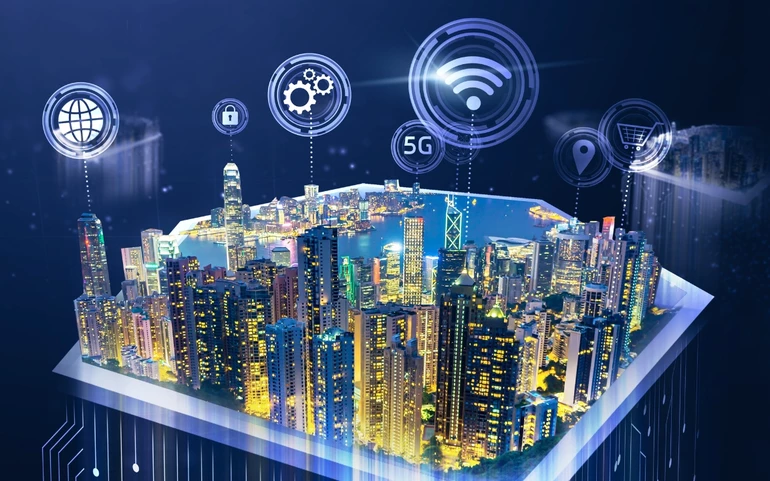
5G’s high-speed, low-latency connectivity enables these devices to communicate in real time, allowing for more efficient and responsive city services. For example, traffic management systems can use data from connected vehicles and road sensors to optimize traffic flow, reducing congestion and emissions. Similarly, smart energy grids can monitor and adjust energy usage in real time, improving efficiency and reducing waste.
2. Enhancing Public Safety and Emergency Response
5G technology also has the potential to revolutionize public safety and emergency response in smart cities. With its ability to transmit large amounts of data quickly, 5G can enable real-time video surveillance, allowing law enforcement and emergency services to monitor and respond to incidents more effectively. In addition, 5G can support the deployment of drones and autonomous vehicles for tasks such as search and rescue operations, delivering medical supplies, or providing real-time situational awareness in disaster zones.
Furthermore, 5G can enhance communication between emergency responders by providing a reliable and high-speed network that can support voice, video, and data transmission simultaneously. This can be particularly crucial in disaster scenarios, where traditional communication networks may be overwhelmed or damaged.
3. Facilitating Smart Infrastructure and Sustainable Development
As cities strive to become more sustainable and environmentally friendly, 5G technology can play a critical role in supporting smart infrastructure. Smart buildings, for example, can use 5G to connect various systems such as lighting, heating, and security, allowing them to be controlled and optimized remotely. This can lead to significant energy savings and a reduction in carbon emissions.
In addition, 5G can enable the development of smart transportation systems that reduce the need for private car ownership and promote the use of public transport, cycling, and walking. By providing real-time information on traffic conditions, public transport schedules, and available parking spaces, 5G can help reduce congestion and improve air quality in urban areas.
Challenges in Implementing 5G in Smart Cities
While the potential benefits of 5G in smart cities are immense, the implementation of this technology is not without its challenges. These challenges range from the technical and logistical to the regulatory and social.
1. Infrastructure Requirements
The deployment of 5G networks requires a significant upgrade to the existing telecommunications infrastructure. Unlike previous generations of wireless technology, 5G relies on a much denser network of small cells, which are low-power base stations that can be installed on streetlights, buildings, and other urban infrastructure. This density is necessary to provide the high-speed, low-latency connectivity that 5G promises.
However, the installation of these small cells can be a complex and costly process, particularly in densely populated urban areas where space is limited. Moreover, the high-frequency millimetre waves used by 5G have a shorter range than the lower-frequency signals used by 4G, which means that more base stations are needed to provide consistent coverage.
2. Regulatory and Policy Considerations
The implementation of 5G in smart cities also requires careful consideration of regulatory and policy issues. Governments and regulatory bodies need to ensure that the deployment of 5G networks is done in a way that protects public health and safety while also promoting competition and innovation.
One of the key regulatory challenges is the allocation of spectrum, which is the range of radio frequencies used to transmit data over the air. The spectrum is a limited resource, and its allocation needs to be carefully managed to avoid interference and ensure that all users have access to the necessary frequencies.
In addition, policymakers need to address issues related to privacy and data security. As more devices become connected to the 5G network, the amount of data being generated and transmitted will increase exponentially. This raises concerns about how this data is collected, stored, and used, and what measures are in place to protect individuals’ privacy.
3. Social and Ethical Implications
The widespread deployment of 5G in smart cities also has social and ethical implications that need to be considered. One of the primary concerns is the potential for increased surveillance and the erosion of privacy. As cities become more connected, there is a risk that the data generated by smart devices could be used for intrusive monitoring or profiling of individuals.
Furthermore, there are concerns about the digital divide, where certain segments of the population may be left behind as cities transition to 5G-enabled smart services. This could exacerbate existing inequalities and create new barriers to accessing essential services.
Case Studies: 5G Implementation in Smart Cities
Several cities around the world have already begun implementing 5G technology as part of their smart city initiatives. These case studies provide valuable insights into the benefits and challenges of deploying 5G in urban environments.
1. Seoul, South Korea
Seoul is one of the leading cities in the world when it comes to 5G deployment. The South Korean government has been a strong proponent of 5G technology, and the city of Seoul has been at the forefront of this push. In 2019, South Korea became the first country to launch a nationwide 5G network, and Seoul has since integrated 5G into various aspects of city life.
One of the key applications of 5G in Seoul is in transportation. The city has implemented a smart transportation system that uses 5G to connect vehicles, traffic lights, and road infrastructure. This system allows for real-time monitoring and management of traffic, helping to reduce congestion and improve safety.
In addition, Seoul has used 5G to enhance public safety through the deployment of smart surveillance cameras that can transmit high-definition video in real time. These cameras are connected to an AI-based system that can analyze video feeds for potential security threats.
2. Barcelona, Spain
Barcelona is another city that has embraced 5G technology as part of its smart city strategy. The city has focused on using 5G to improve public services and enhance the quality of life for its residents.
One of the key projects in Barcelona is the deployment of 5G-enabled smart streetlights. These streetlights are equipped with sensors that can monitor air quality, temperature, and noise levels, as well as cameras that can provide real-time video surveillance. The data collected by these sensors is used to optimize street lighting, reduce energy consumption, and improve public safety.
In addition, Barcelona has implemented a 5G-based smart parking system that allows drivers to find available parking spaces in real time. This system reduces the time spent searching for parking, thereby reducing traffic congestion and emissions.
3. New York City, USA
New York City has also been exploring the potential of 5G technology as part of its smart city initiatives. The city’s efforts have focused on using 5G to enhance public safety, improve transportation, and support economic development.
One of the key projects in New York City is the deployment of 5G-enabled smart traffic lights. These traffic lights are connected to a central management system that can monitor traffic flow and adjust signal timings in real time. This helps to reduce congestion and improve the efficiency of the city’s transportation network.
In addition, New York City has used 5G to support the deployment of autonomous vehicles. The city’s 5G network provides the low-latency connectivity needed for these vehicles to operate safely and efficiently in an urban environment.
Machine Learning and Predictive Analytics: Revolutionizing Decision-Making
The Future of 5G in Smart Cities
As 5G technology continues to evolve and mature, its impact on smart cities is likely to become even more profound. The future of 5G in smart cities will be shaped by several key trends and developments.
1. Integration with AI and Machine Learning
One of the most significant trends in the future of 5G in smart cities is the integration of 5G with artificial intelligence (AI) and machine learning. AI and machine learning can be used to analyze the vast amounts of data generated by 5G-connected devices, providing valuable insights and enabling more intelligent decision-making.
For example, AI can be used to predict traffic patterns and optimize transportation systems or to monitor and manage energy usage in smart buildings. The combination of 5G and AI has the potential to make smart cities more efficient, sustainable, and responsive to the needs of their residents.
2. Expansion of IoT Applications
As 5G networks become more widespread, the range of IoT applications in smart cities is likely to expand. In addition to existing applications such as smart transportation and energy management, 5G will enable new use cases in areas such as healthcare, education, and public services.
For example, 5G can support the deployment of telemedicine services, allowing patients to receive medical care remotely. In education, 5G can enable the use of augmented and virtual reality for immersive learning experiences. In public services, 5G can support the deployment of smart waste management systems that optimize waste collection and reduce environmental impact.

3. Addressing Digital Inequality
As cities continue to implement 5G technology, it will be essential to address the issue of digital inequality. Ensuring that all residents have access to the benefits of 5G and smart city services will be crucial to creating inclusive and equitable urban environments.
This will require targeted investments in infrastructure and digital literacy programs, as well as policies that promote affordable access to 5G services. By addressing digital inequality, cities can ensure that the benefits of 5G are shared by all residents, regardless of their socio-economic status.
The implementation of 5G in smart cities represents a significant leap forward in urban innovation. With its ultra-fast, low-latency connectivity, 5G has the potential to transform every aspect of city life, from transportation and public safety to energy management and healthcare. However, the successful deployment of 5G in smart cities will require careful planning and consideration of the challenges and implications involved.
As cities around the world continue to explore the possibilities of 5G, it is clear that this technology will play a central role in shaping the future of urban development. By harnessing the power of 5G, smart cities can become more efficient, sustainable, and responsive to the needs of their residents, paving the way for a brighter, more connected future.
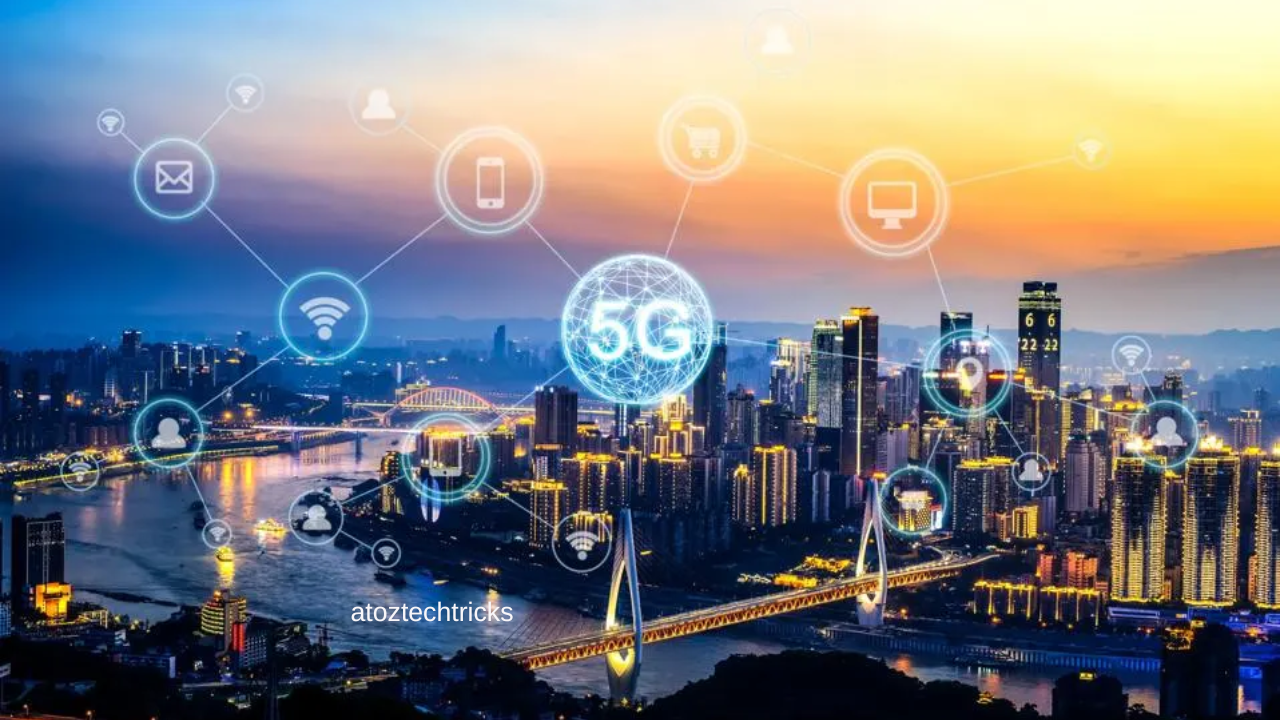
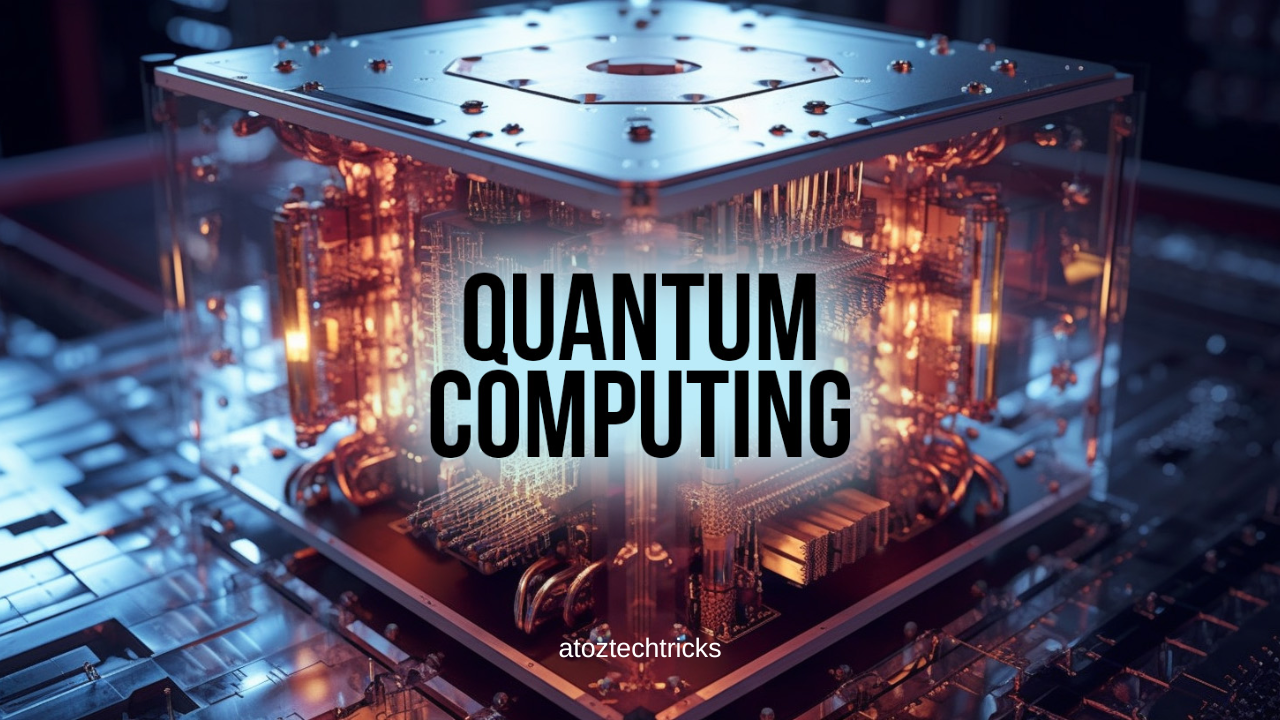
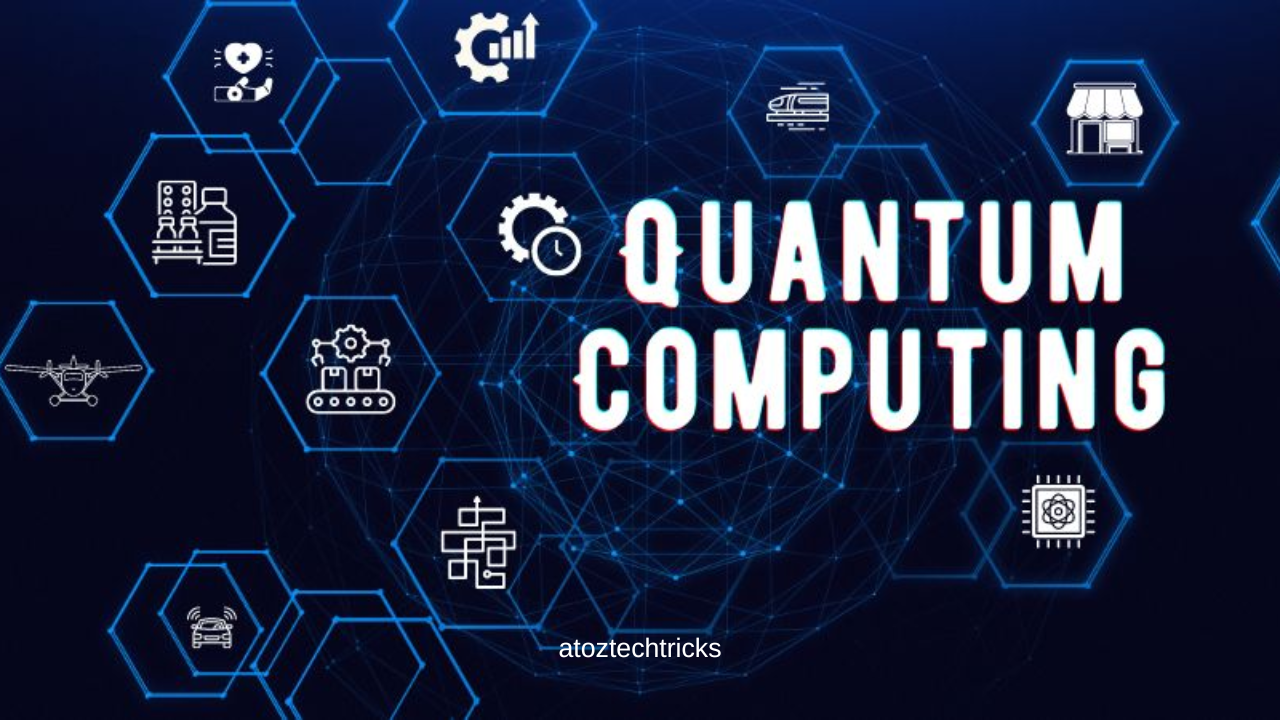
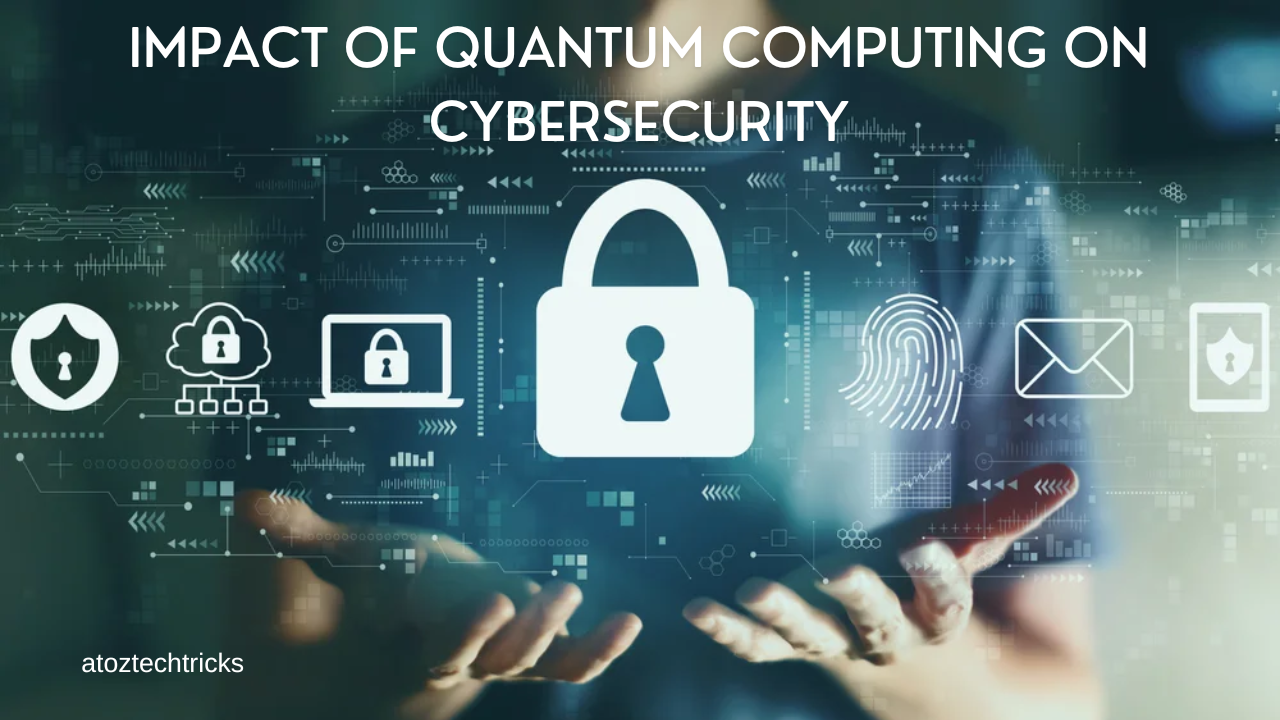
Post Comment